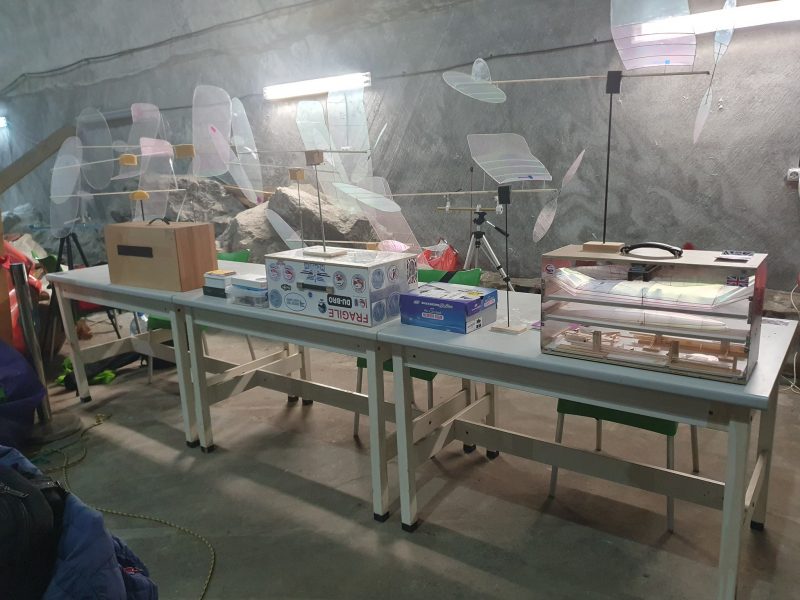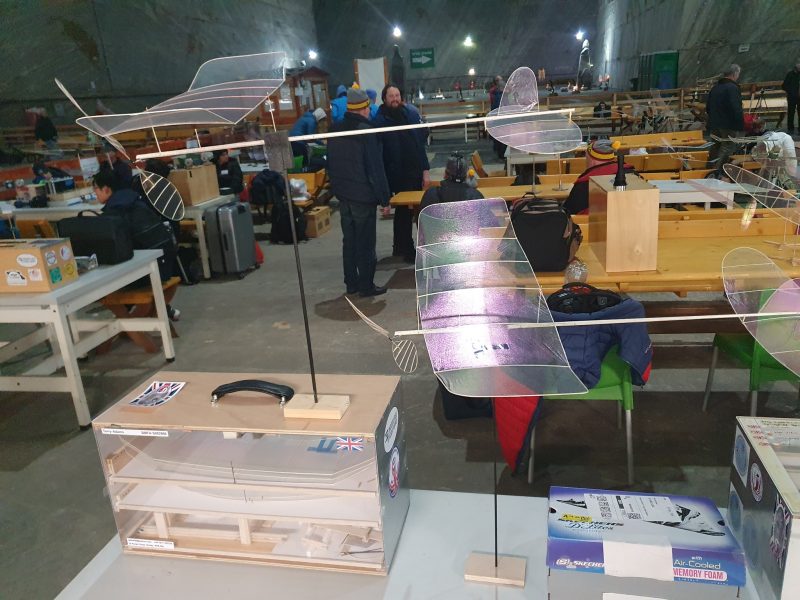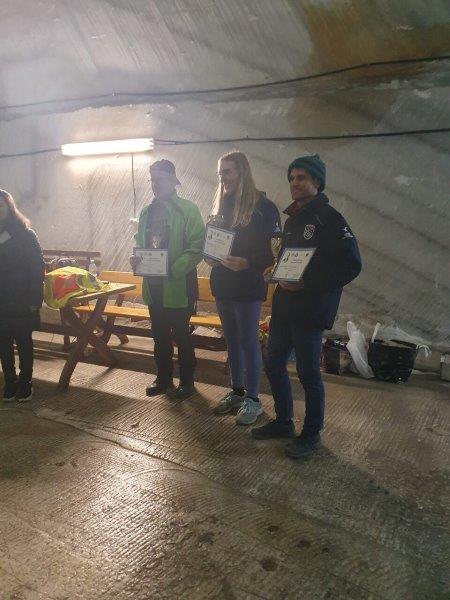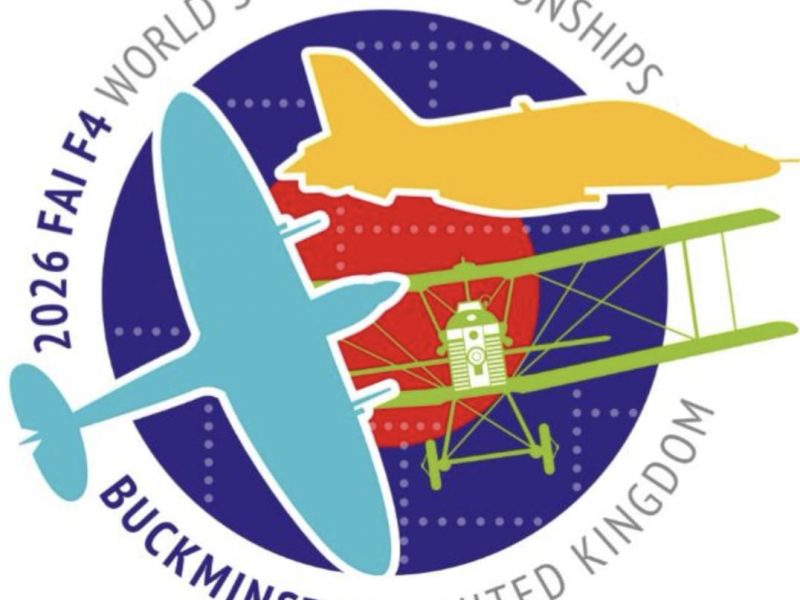<p>On March 25<sup>th,</sup> British aeromodelling lost not only one of its most celebrated national and international competitors but one of the very few remaining links to our beginnings before World War 2. Ray Monks built his first models at the age of seven or eight during the 1930’s- free flight, of course, there was nothing else in those days- and by the early forties he was entering competitions. In 1945 he won the S.M.A.E.’s prestigious Hamley trophy (on what is now Heathrow airport) and in 1951 qualified for the British team in the very first A2 (now F1A) glider world Championships in Yugoslavia. He placed fourth with his ‘Quickie’, a visionary design for its day which embodied many of the characteristics of a modern contest model while much of the world was flying semi-scale sailplanes.</p>
<p>What made Ray’s accounts of these early times so fascinating was not only his remarkable memory and meticulous eye for detail, but his extraordinary objectivity and lack of nostalgia for ‘the good old days’. In fact even as he approached 90, Ray remained puzzled by the popularity of vintage models; “I made those mistakes sixty years ago, why would I want to make them again now?”</p>
<p>As well as innumerable contest successes at home including many Nationals wins, Ray represented his country in thirteen World and European championships for four different Free Flight disciplines (glider, rubber, power and indoor microfilm), a feat no other individual has achieved. What’s more he won team medals in all four, including two gold, often leading the team as highest placed Brit.</p>
<p>For nearly 60 years Ray was secretary of Birmingham MAC and during this time mentored many aspiring flyers in his speciality of FF power, more than a few of whom went on to reach the very top in international competition.</p>
<p>As technical advances transformed all areas of aeromodelling, and composite materials replaced balsa and tissue, many of his contemporaries bowed out of the international hot-house to take a more relaxed approach to the sport at home, but Ray, always true to his creed “Every model should be better than your last”, embraced the new techniques and was soon not only flying high-tech models himself but making bespoke composite components to order.</p>
<p>Although his formal education had been disrupted by the war, Ray was a self-taught polymath whose breadth and depth of knowledge made him fascinating company on the many excursions to faraway contests. His fondness for-and extensive knowledge of- good food and wine was well known, and Birmingham MAC contained within its ranks an informal ‘international foodie faction’ who were often to be found at the Chung Ying restaurant in Wrottesley Street. It was there that a party (complete with roast pig) was to be held for Ray’s ninetieth, but it was not to be.</p>
<p>Ray could be irascible at times and cared little for public recognition (he once got wind of our plan to nominate him for a BMFA award and forbade us in a very forthright manner to do any such thing) so his fame outside the world of Free Flight hardly reflects the scale of his achievements. He was, nonetheless, a true pioneer of aeromodelling, a true great of our sport, and a true British character, skilled, cultured, generous, sometimes querulous but always charismatic. Those of us who knew him consider ourselves very fortunate to have done so.</p>
<p>Stuart Darmon</p>
<p> </p>
<p> </p>

F1D World Champs Final Day
26/03/2024
F1D World Champs Day 7
25/03/2024
F1D World Champs Day Sunday
25/03/2024
F1D World Champs day 4 official practice
24/03/2024F1D World Champs Day 3 Otto Hints Trophy
22/03/2024

